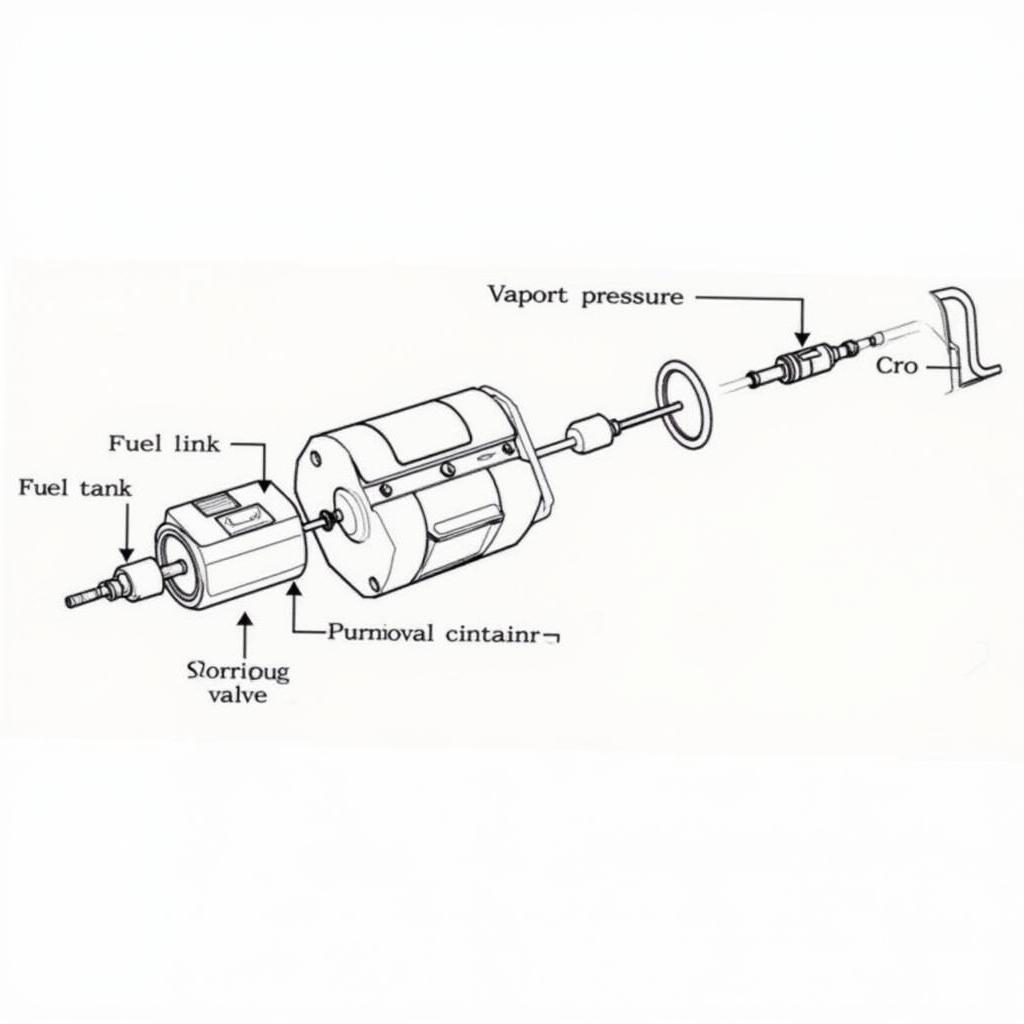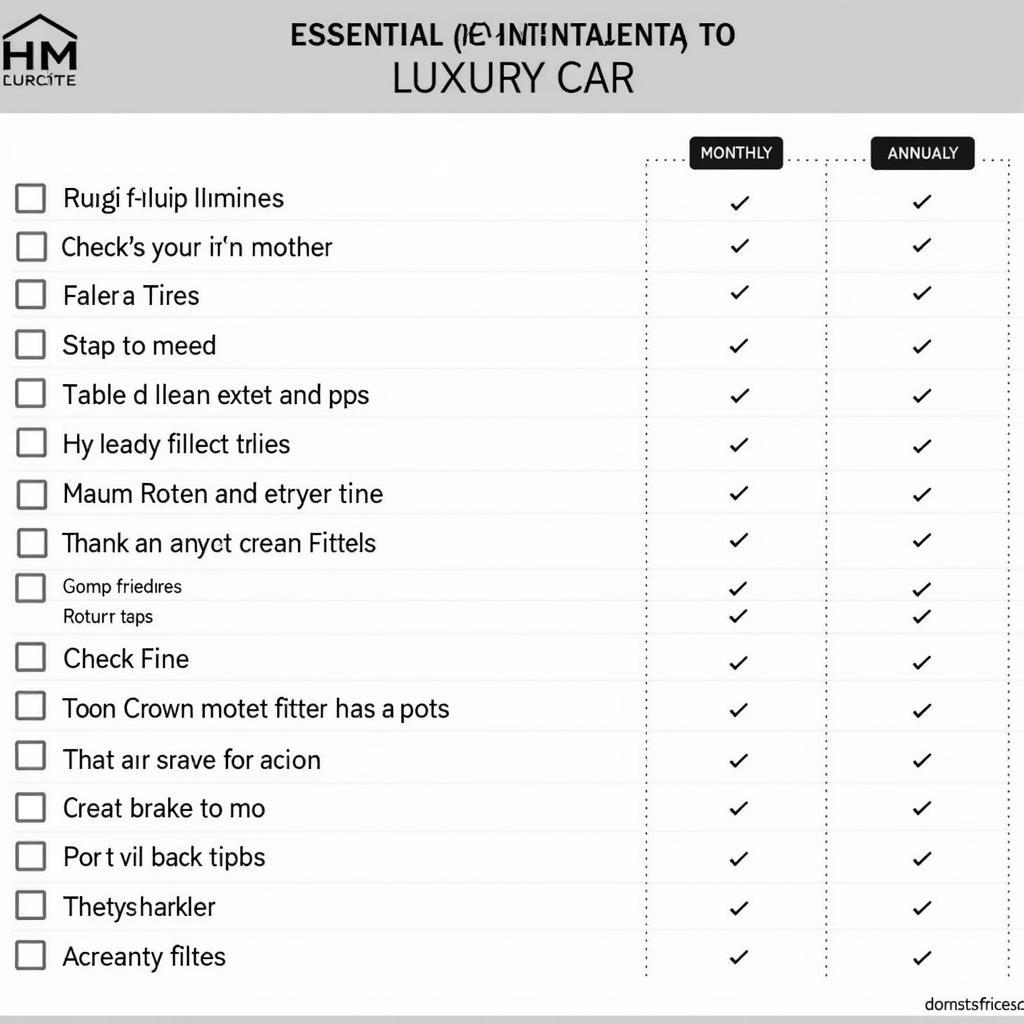The EVAP system is a critical component in your car that controls fuel vapors to prevent them from being released into the atmosphere. When the system malfunctions, it can lead to various problems, including reduced fuel efficiency, engine performance issues, and even a check engine light. If you’re experiencing problems with your EVAP system, it’s important to address them promptly. In this article, we’ll delve into the common causes, symptoms, and solutions for EVAP system problems in your car.
What is the EVAP System?
The EVAP system, short for evaporative emission control system, is designed to capture fuel vapors that evaporate from the gas tank and fuel lines. These vapors can be harmful to the environment if they are released into the air. The EVAP system routes these vapors through a charcoal canister, where they are stored until the engine can burn them.
Why Do Cars Have Evap Problems?
Several factors can contribute to EVAP system problems, including:
- Damaged or Leaky Gas Cap: This is a common cause of EVAP system issues. If the gas cap isn’t properly sealed, fuel vapors can escape into the atmosphere.
- Cracked or Damaged Hoses: The hoses in the EVAP system can become cracked or damaged over time, causing leaks and affecting the system’s performance.
- Clogged Charcoal Canister: The charcoal canister can become clogged with fuel vapors, preventing proper storage and release of the vapors.
- Faulty Purge Valve: The purge valve is responsible for releasing the stored fuel vapors from the charcoal canister into the engine. If it malfunctions, the vapors won’t be properly burned.
- Defective Vapor Pressure Sensor: The vapor pressure sensor monitors the pressure of the fuel vapors in the tank and sends a signal to the engine control unit (ECU). A faulty sensor can cause inaccurate readings and lead to EVAP system problems.
 EVAP System Components Diagram
EVAP System Components Diagram
Symptoms of Evap Problems
Here are some common signs that your EVAP system may be malfunctioning:
- Check Engine Light: This is often the first indication of an EVAP system problem. The check engine light may come on along with a specific code indicating an issue with the EVAP system.
- Fuel Odor: If you smell fuel in the vicinity of your car, it could be a sign of a fuel leak, which could be related to the EVAP system.
- Difficulty Starting the Engine: A faulty EVAP system can sometimes lead to difficulty starting the engine. This is because the system may not be properly capturing and burning fuel vapors.
- Reduced Fuel Efficiency: If the EVAP system isn’t working correctly, fuel vapors may be escaping, leading to lower fuel efficiency.
- High Emissions: A faulty EVAP system can result in higher emissions, which can contribute to air pollution.
How to Fix Evap Problems
Here are some common ways to address EVAP system problems:
- Tighten or Replace the Gas Cap: Start by checking the gas cap for any damage or loose fit. If it’s damaged, replace it.
- Inspect the Hoses: Inspect all the hoses in the EVAP system for any cracks, leaks, or damage. Replace any damaged hoses.
- Check the Charcoal Canister: You may need a professional to inspect and replace the charcoal canister if it’s clogged or damaged.
- Test the Purge Valve: A mechanic can test the purge valve to ensure it’s working properly.
- Replace the Vapor Pressure Sensor: If the vapor pressure sensor is faulty, it will need to be replaced.
“If you notice any of these symptoms, it’s best to have your car inspected by a qualified mechanic,” advises John Smith, a certified automotive technician with over 20 years of experience.
How to Prevent Evap Problems
Here are some ways to prevent EVAP system problems:
- Maintain your gas cap: Always make sure your gas cap is properly sealed and tightened.
- Regular maintenance: Get your car serviced regularly to ensure all components are in good working order.
- Avoid harsh chemicals: Don’t use harsh chemicals or cleaners on your gas tank or fuel lines, as these can damage the EVAP system components.
Frequently Asked Questions (FAQs)
Q: How much does it cost to fix an EVAP system problem?
A: The cost to repair an EVAP system problem can vary depending on the specific issue. A simple fix, like replacing a gas cap, can cost a few dollars, while a more complex repair, such as replacing the charcoal canister, could cost hundreds of dollars.
Q: Can I drive my car if the EVAP system is malfunctioning?
A: It’s generally safe to drive your car with a malfunctioning EVAP system, but it’s best to have it repaired as soon as possible. A malfunctioning EVAP system can lead to decreased fuel efficiency, increased emissions, and damage to other engine components over time.
Q: What happens if I ignore an EVAP system problem?
A: Ignoring an EVAP system problem can lead to several issues, including:
- Increased emissions: A faulty EVAP system can release harmful vapors into the atmosphere, contributing to air pollution.
- Reduced fuel efficiency: You may notice a drop in your car’s gas mileage.
- Engine damage: In severe cases, a malfunctioning EVAP system can cause engine damage.
If you suspect a problem with your EVAP system, it’s best to have it checked by a qualified mechanic. This will help to prevent further damage and ensure that your car is running efficiently.
We hope this information has been helpful in understanding EVAP system problems and how to address them. For more information or assistance with your automotive needs, feel free to contact us at [phone number] or visit our offices at [address].





Leave a Reply